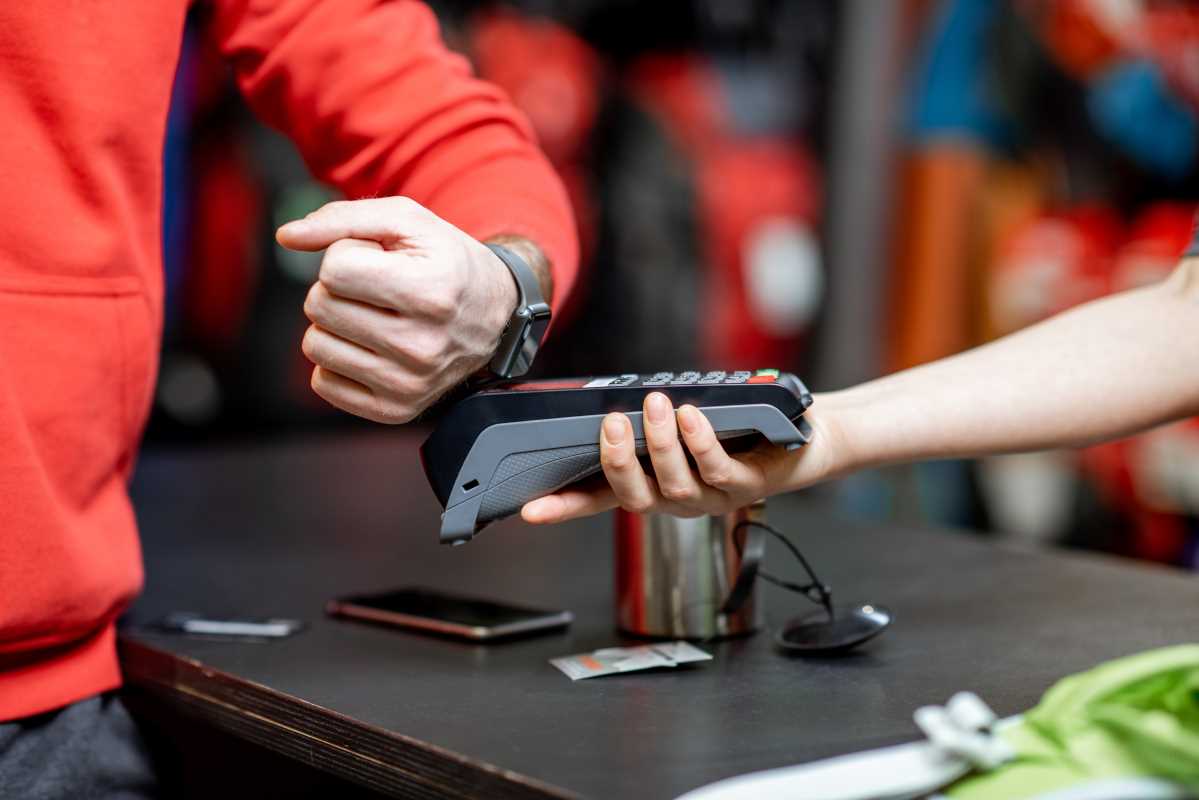In today’s technology-driven world, students constantly seek tools to improve their productivity and learning experience. One innovation that has gained significant attention is the smart notebook. Combining the traditional feel of pen and paper with the efficiency of digital technology, smart notebooks are revolutionizing the way students take notes, organize their thoughts, and access information. These notebooks make capturing, saving, and sharing notes easier, helping students study more efficiently and stay organized. This article explores the features, benefits, and impact of smart notebooks on modern education.
What Are Smart Notebooks?
Smart notebooks are advanced tools that allow users to write by hand but store their notes digitally. These notebooks often use special reusable paper and smart pens to combine the best of analog and digital note-taking. After writing, students can scan their notes using a mobile app, which automatically saves and organizes them in digital formats. Many smart notebooks allow for cloud integration, so students can upload their notes directly to platforms like Google Drive, Dropbox, or OneNote.
Smart notebooks come in different types:
- Reusable smart notebooks: These use erasable pages that can be wiped clean after notes are digitized. Examples include Rocketbook notebooks, which combine sustainability and technology.
- Paper-based smart notebooks: These use traditional paper but integrate with smart pens that track handwriting and save notes digitally. Notebooks like Moleskine Smart Writing Set fall into this category.
Boosting Note-Taking Efficiency
Smart notebooks offer a significant improvement in the note-taking process. Students can continue writing with a pen, which studies show improves memory retention compared to typing notes. However, these notes don’t remain static. Once scanned, notes can be edited, reorganized, or searched digitally. For example, a student can write math problems in class, scan them into a cloud service, and later access them on their tablet or laptop. Some notebooks also convert handwriting into text, making it easy to search through notes or share them in professional formats. Students juggling multiple subjects or projects can use smart notebooks to:
- Keep notes categorized and easily accessible.
- Avoid losing pages or dealing with cluttered notebooks.
- Search for specific notes without flipping through physical pages.
The efficiency of smart notebooks reduces the time students spend organizing notes and allows them to focus on studying.
Reducing Environmental Impact
Traditional notebooks generate significant paper waste, especially for students who take notes daily and often discard notebooks at the end of the school year. Smart notebooks offer a sustainable alternative by reducing the need for new paper. Reusable smart notebooks, like Rocketbook, allow students to erase their notes using a damp cloth or heat so the same pages can be used repeatedly. This saves money on notebooks and benefits the environment by minimizing paper waste. Additionally, storing notes digitally means students no longer need to print or photocopy large amounts of material, reducing resource usage. For environmentally conscious students, smart notebooks offer an ideal solution that aligns with their values while maintaining productivity.
Enhancing Collaboration
Student collaboration is vital for group projects, study sessions, and research in an increasingly connected world. Smart notebooks simplify collaboration by enabling students to easily share their notes and ideas in digital form. For example, after taking notes during a lecture, a student can scan and upload them to a shared cloud folder where classmates can access them. This is especially helpful for group projects, as everyone can stay on the same page, even if they cannot attend a class or meeting. Some smart notebooks integrate with collaboration tools like Microsoft OneNote or Evernote, allowing multiple students to contribute, edit, and comment on shared notes. This improves teamwork and ensures everyone can access updated material in real-time.
Smart Notebooks for Different Learning Styles
Smart notebooks accommodate various learning preferences, making them suitable for many students. Visual learners, for example, can draw diagrams, charts, and mind maps in their smart notebooks and then digitize them for easy reference. Students who prefer auditory learning can pair their smart notebooks with apps that allow them to add audio notes or lectures to their scanned pages. This way, they can listen to explanations while reviewing their notes. For hands-on learners, smart notebooks offer a tactile writing experience while still providing digital flexibility. Whether students prefer to write, draw, or annotate their notes, smart notebooks provide a customizable and effective learning method.
Staying Organized Across Devices
One of the standout features of smart notebooks is their ability to sync notes across multiple devices. Students can write in their notebooks, scan the pages, and instantly access their notes on their smartphones, tablets, or computers. This ensures that notes are always available when needed, without the risk of losing a physical notebook. For example, a student might take notes in a smart notebook during a class, upload them to Google Drive, and review them later on their laptop. This cross-platform accessibility allows for seamless transitions between studying at school, at home, or on the go. Smart notebooks also support tags, categories, and folders, making it easy for students to organize notes by subject, date, or project.
Affordable and Long-Lasting
While smart notebooks often involve an upfront investment, they prove cost-effective in the long run. Reusable notebooks can last for years, saving students money on repeatedly buying paper notebooks. In addition, features like cloud storage and app-based scanning often come free or at a low subscription cost. Compared to tablets or laptops, smart notebooks are lightweight, portable, and don’t require frequent charging. This makes them practical tools for students who prefer a simple but tech-enhanced solution.







